Welcome to my first weekend trip outside of Shanghai. Luckily, I had two accompanying friends for this, one of whom is local. Our high-speed train to Nanjing departed at 07:10 on a Saturday morning from Shanghai Railway Station. We reached early but had not yet collected our physical tickets. The automated machine only works for locals with a national ID, else you must queue at the counter.
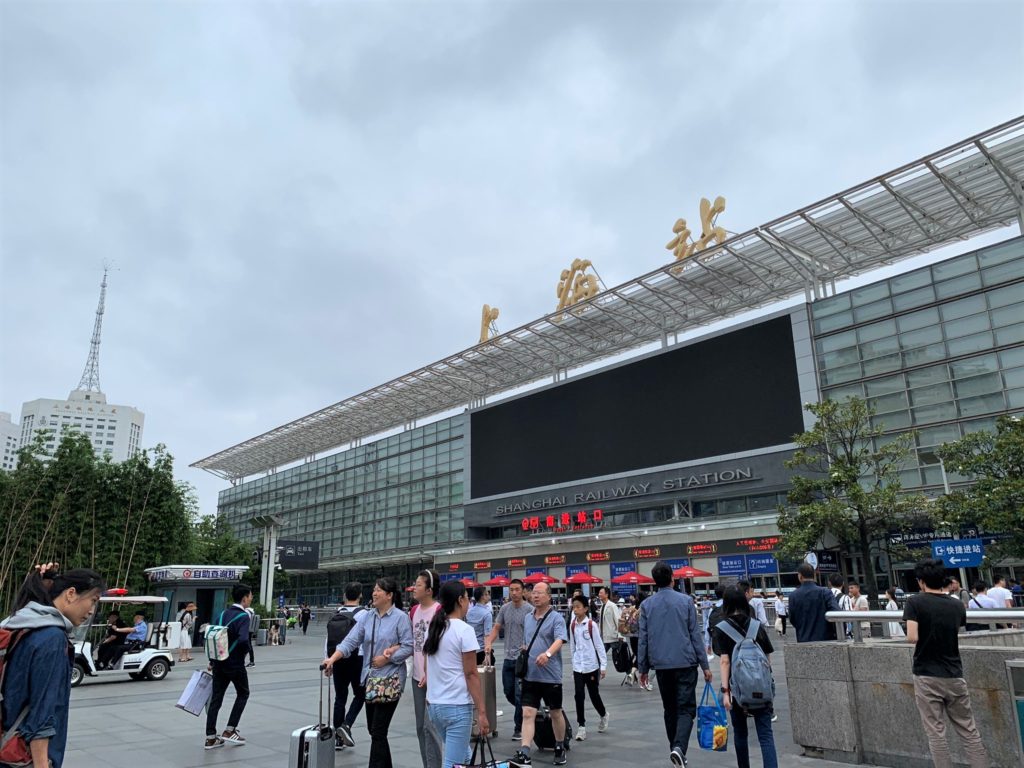
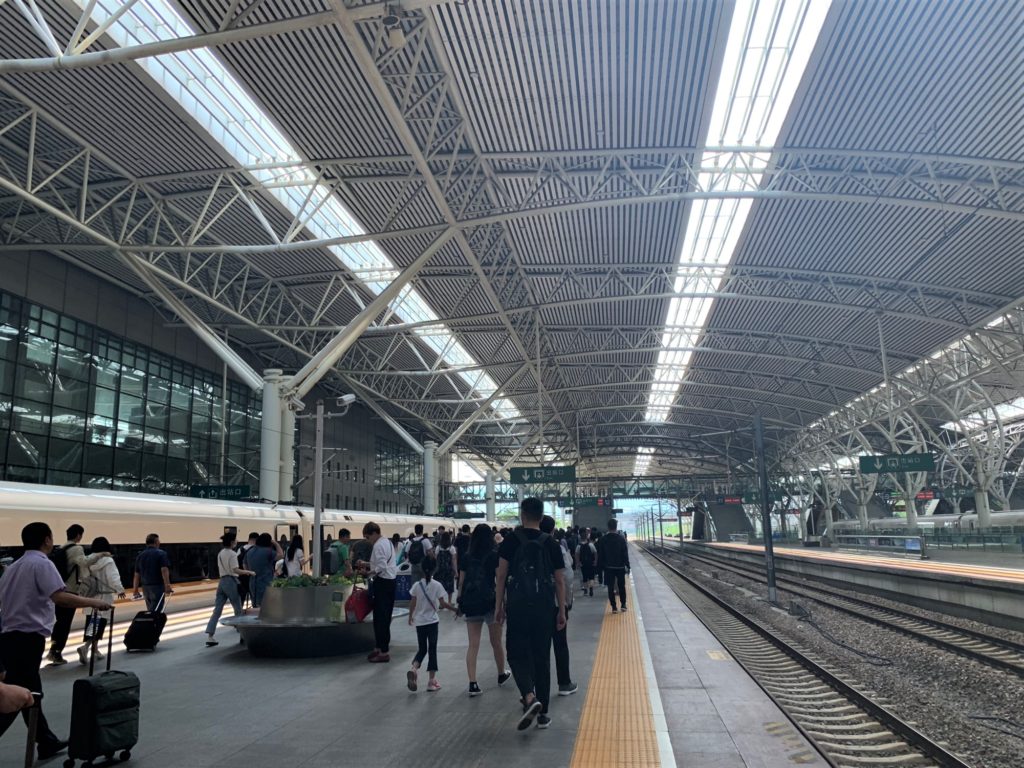
Thanks to this instance, I developed such a fear of queuing for tickets, that I went down to the station every week to collect my tickets a few days prior, so that on the day itself I’m more assured that I won’t miss my train. However on this day, my non-local friend and I were stuck in the queue for 45 minutes, and only got our tickets with 15 minutes to spare. After which, we ran to security check, then ran to find our gate, then ran to our train. A minute after we boarded, the train doors closed and it left the station.
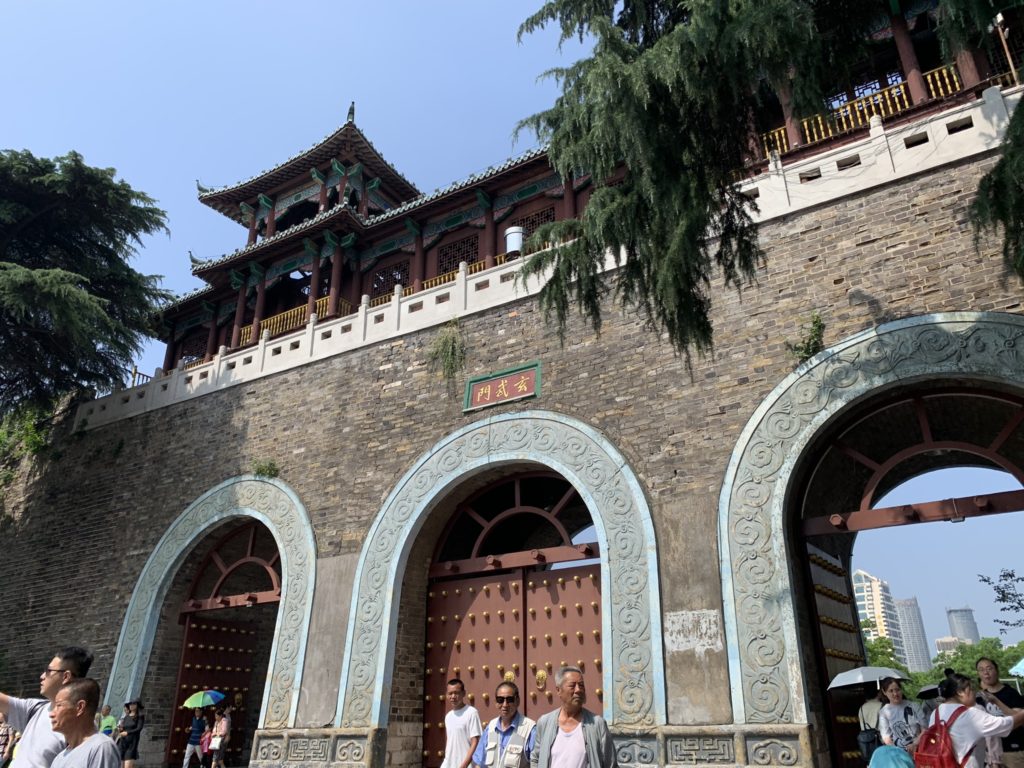
The journey was about two hours. Once at Nanjing Station, we took the metro to Xuanwumen (玄武门), which is one of the main gates of the City Wall of Nanjing (南京城墙). And now I interrupt this post for some history: Nanjing is one of the four great ancient capitals of China. It served as capital city for several dynasties, most notably that of the Ming Dynasty (1368 – 1644). The Ming Dynasty was famous for expanding Chinese trade, which was when legendary explorer Zheng He brought back lions, giraffes and more from Africa. They also hugely restored the Great Wall of China to its modern form (through forced labour, bet they don’t tell you that), to keep out the invading Mongols from the north.

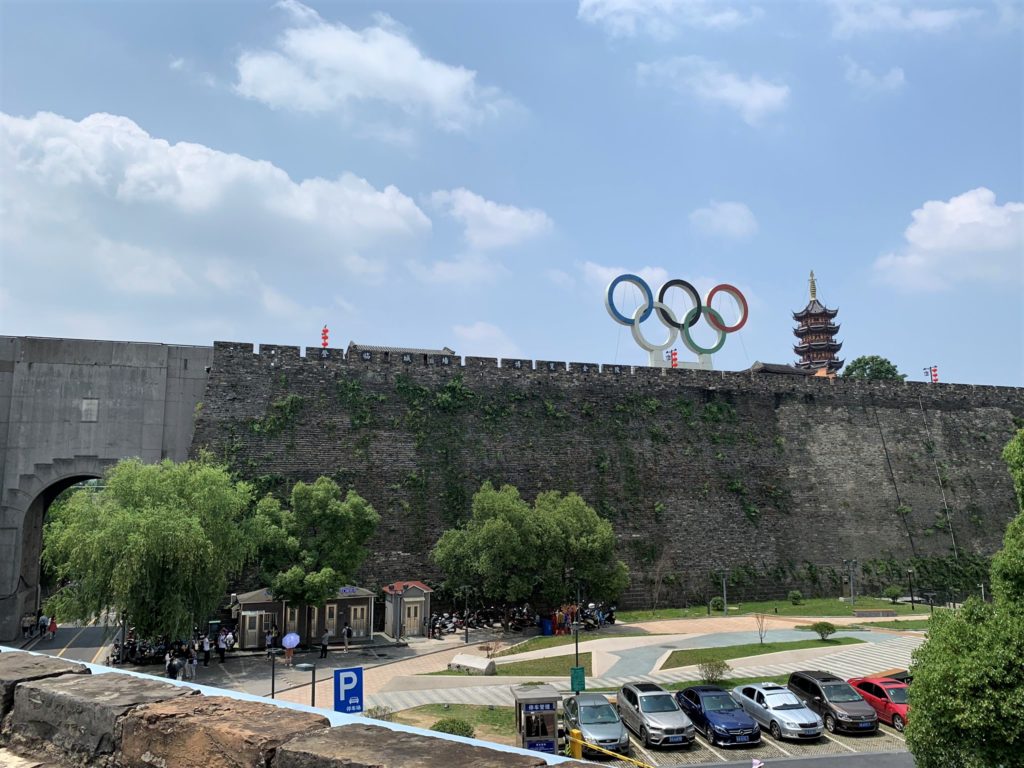
Great, so now you know how significant Nanjing is. Back to the City Wall of Nanjing, it was also built in the Ming Dynasty, but this time to keep out coastal pirates. Today, it holds the distinction of being the largest, longest used, and only existing city wall of an ancient Chinese capital. It costs RMB30 to walk on top of the wall, and is inclusive of entry to a small museum.
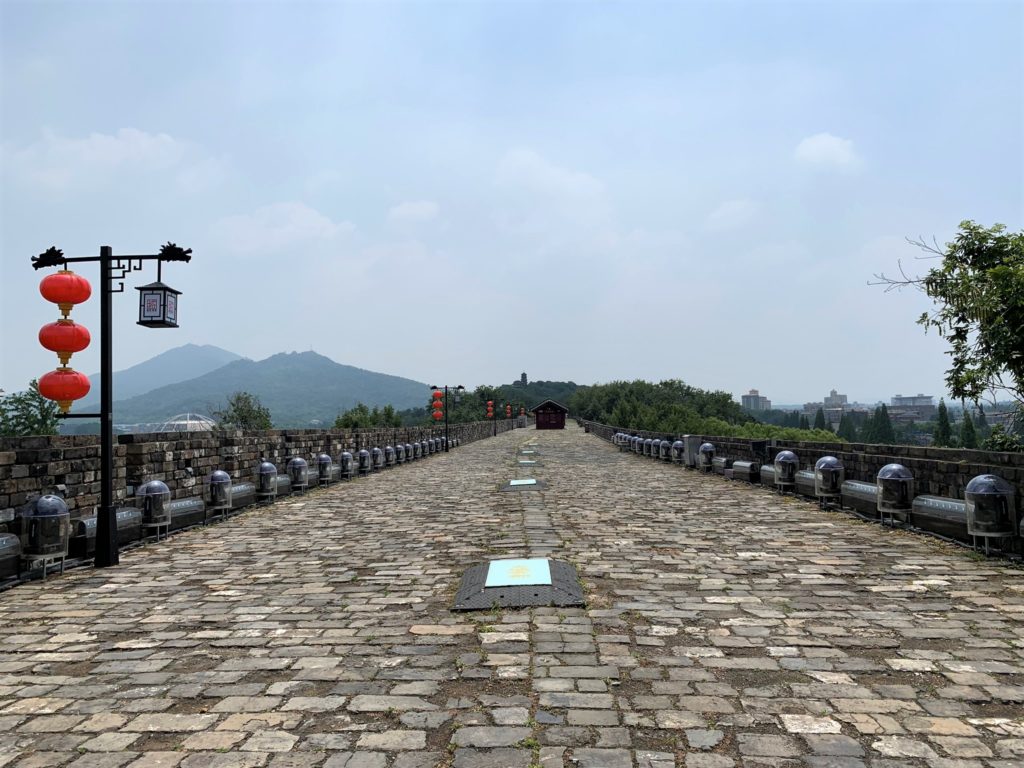
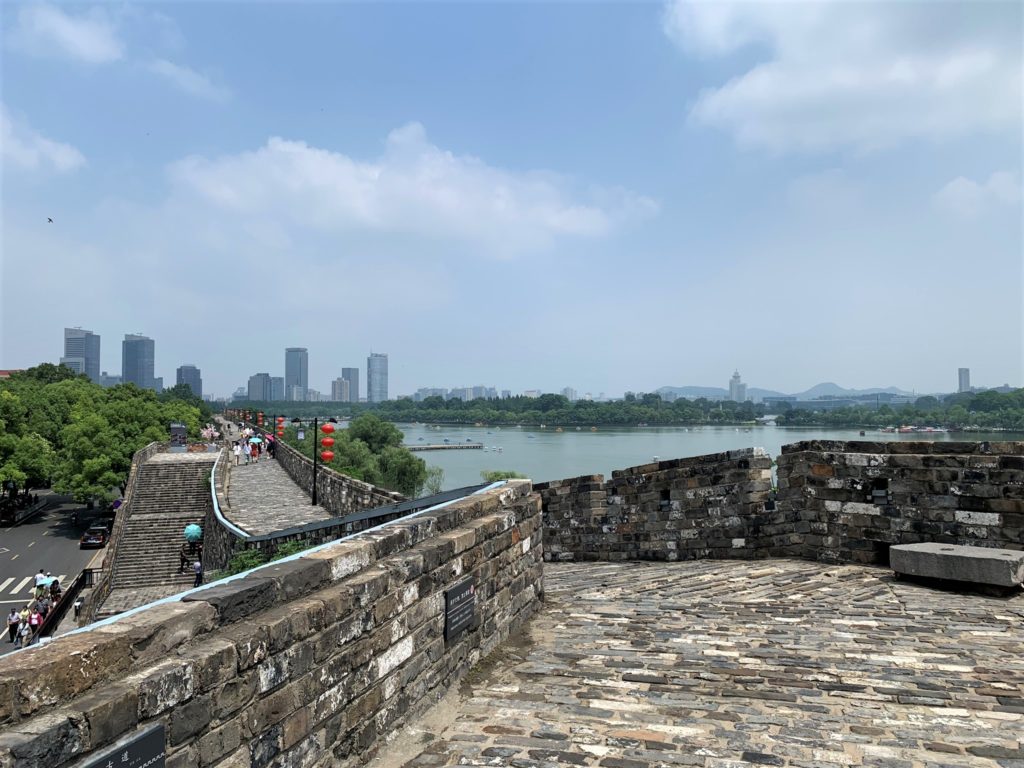
The walls surround Xuanwu Lake Park, in which is Xuanwu Lake. It’s quite big, but there are trams you can take to circle round it. They also stop at Jiming Temple (鸡鸣寺), a Buddhist Temple that dates all the way back to 300AD. The entry fee is negligible (RMB5 I think), and it comes with 3 joss sticks for praying.
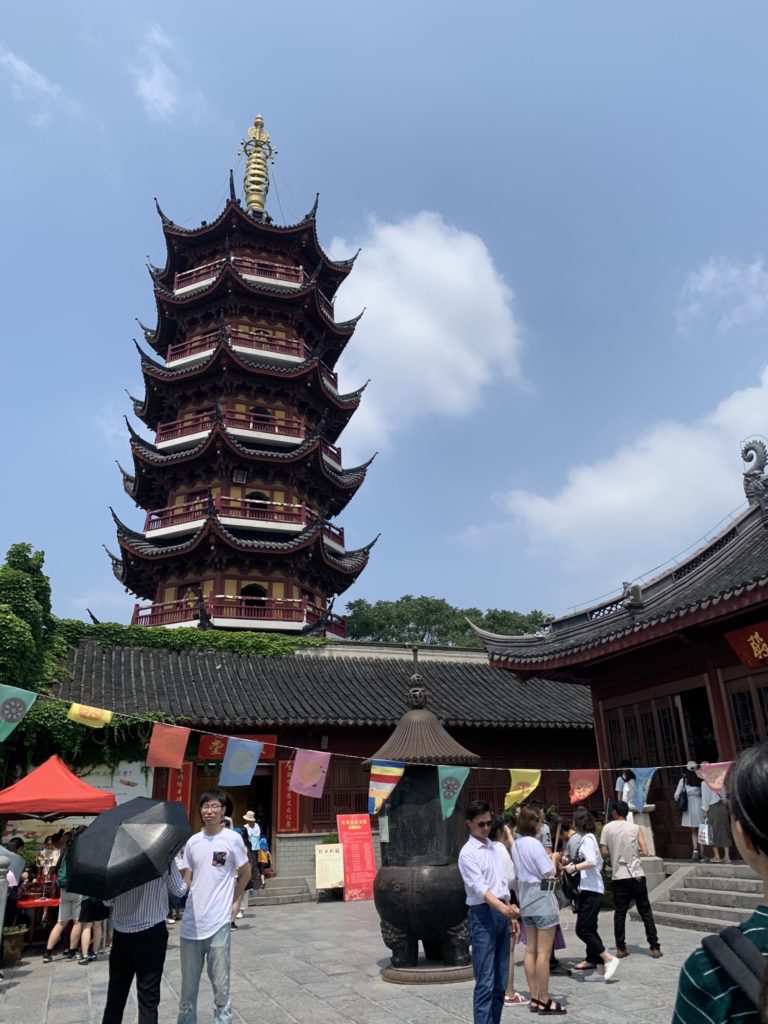
The next stop is for you hipsters: Librairie Avant-Garde is a bookstore in an underground carpark. It is also apparently rated as amongst the most beautiful bookstores in the world by BBC, CNN and The Guardian. I bought a book about the 1911 revolution that overthrew the last imperial dynasty, the Qing, which is written in Chinese. I have since realised that I had sorely overestimated myself. Anyway, I paid RMB14 to look like a cultured snob.
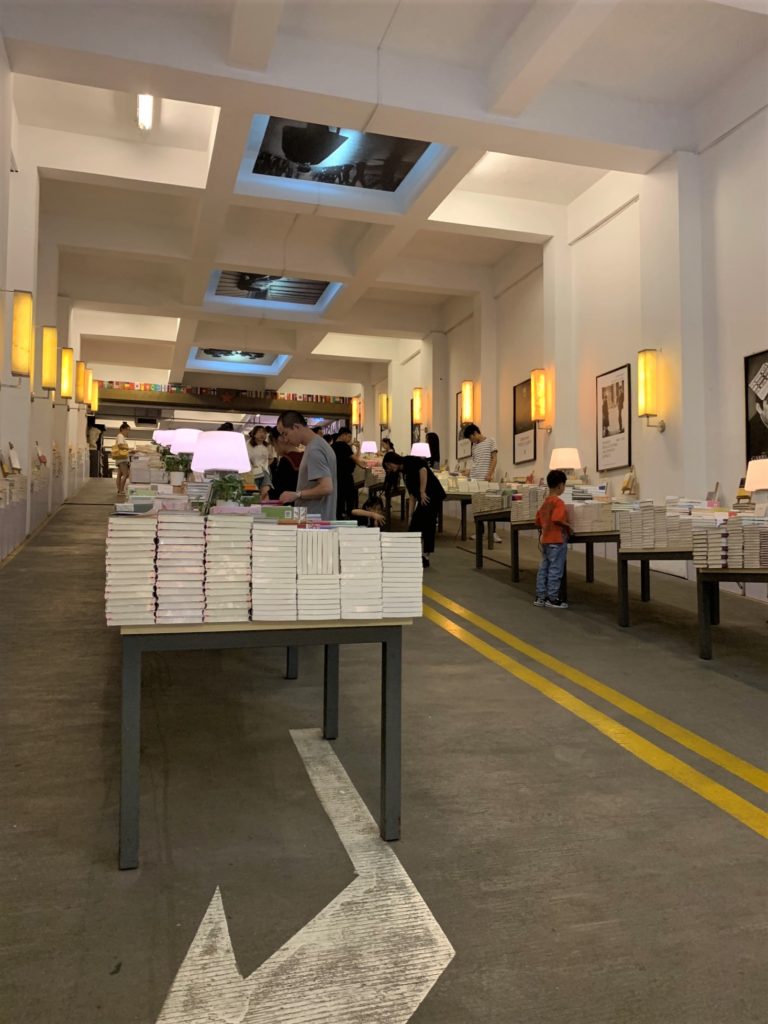

Nanjing has seen a lot of history, and one of which is the Nanjing Massacre (1937-1938) which occurred during the Second Sino-Japanese War. The Memorial Hall of the Victims in Nanjing Massacre by Japanese Invaders commemorates those who were killed in the horrific mass rape and murder by the Imperial Japanese Army. Even when queuing outside the museum, you can see sculptures depicting victims trying to flee the brutality. On an administrative note, entry is free, but the queue on weekends is astounding long.
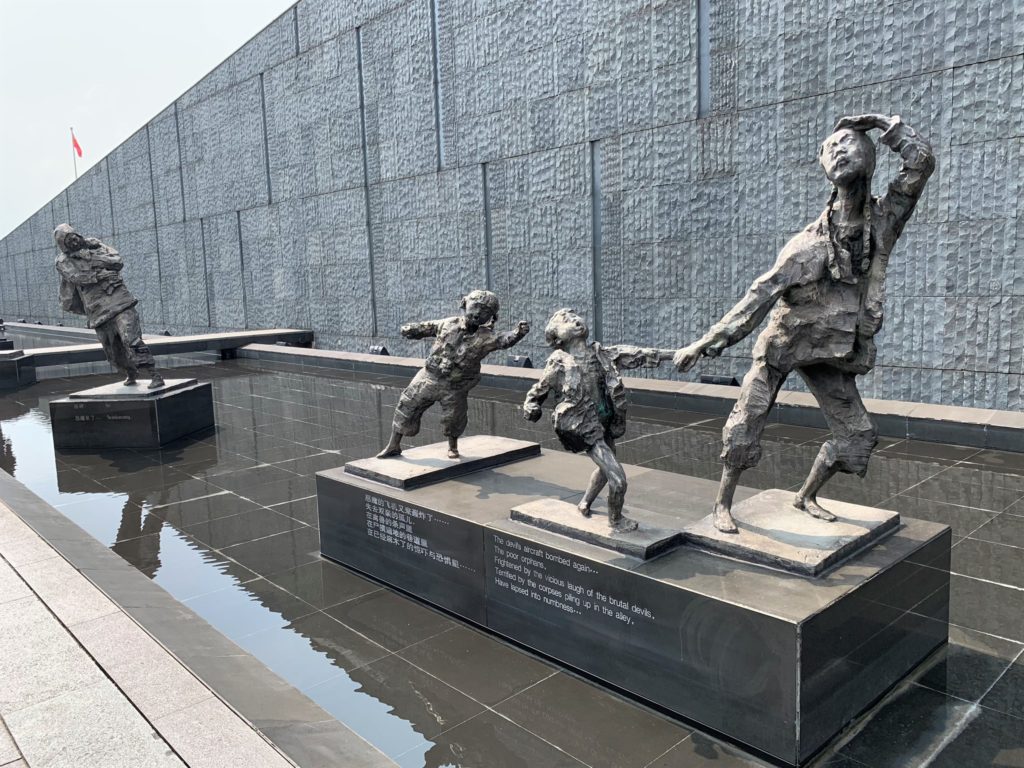
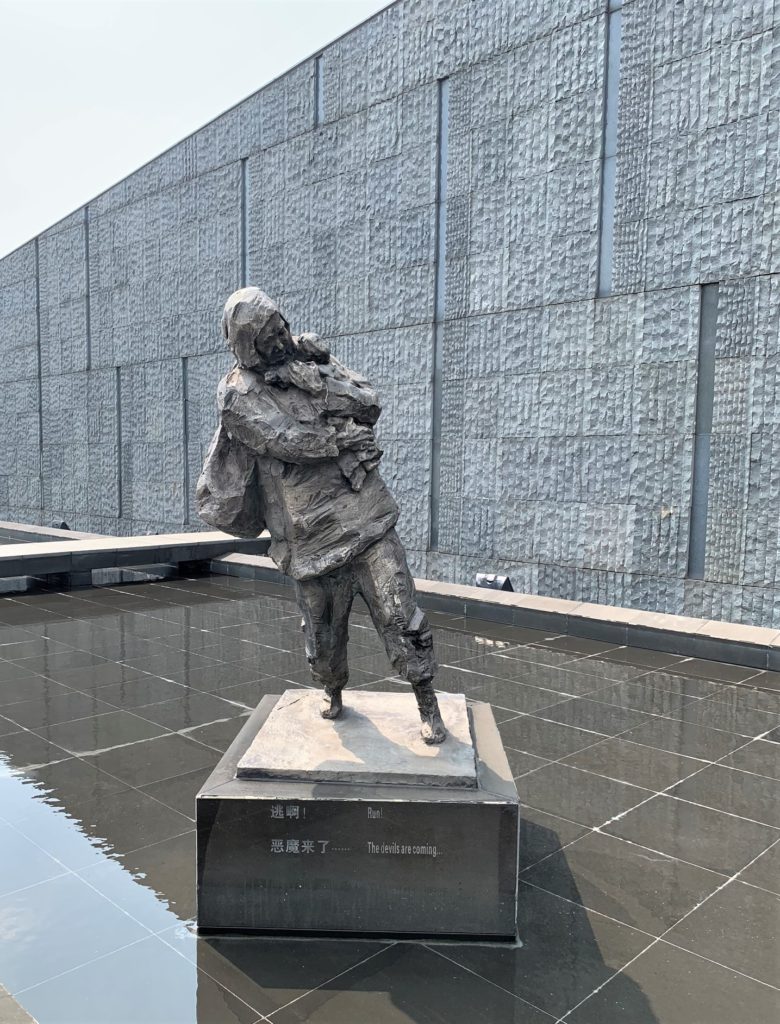
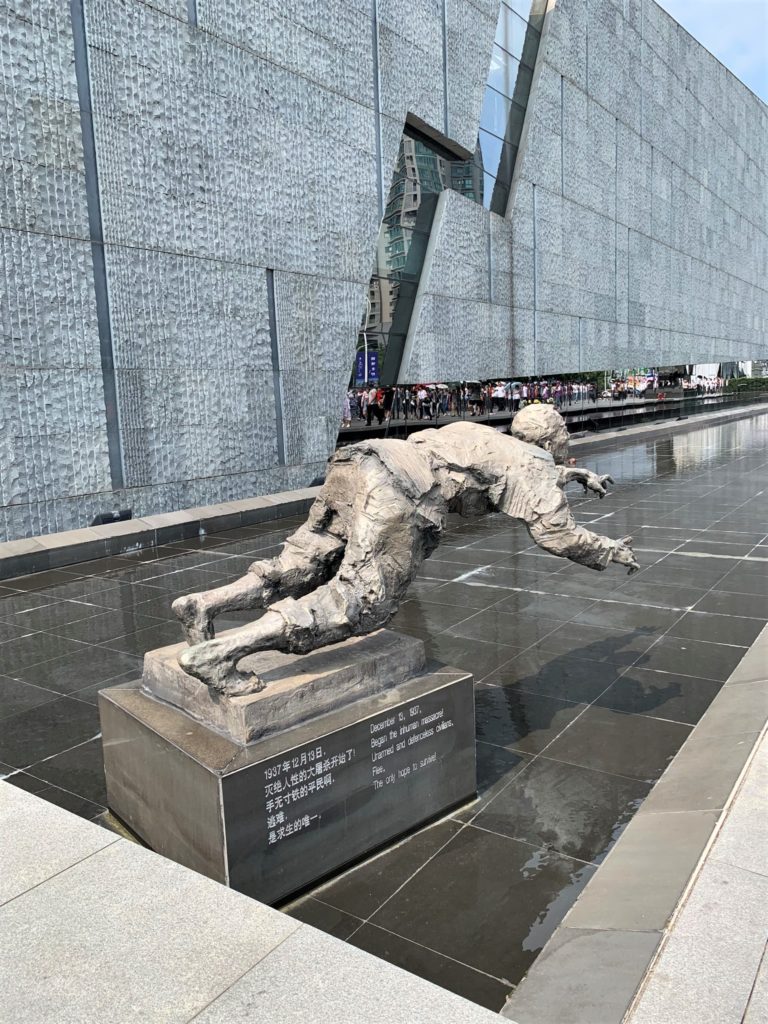
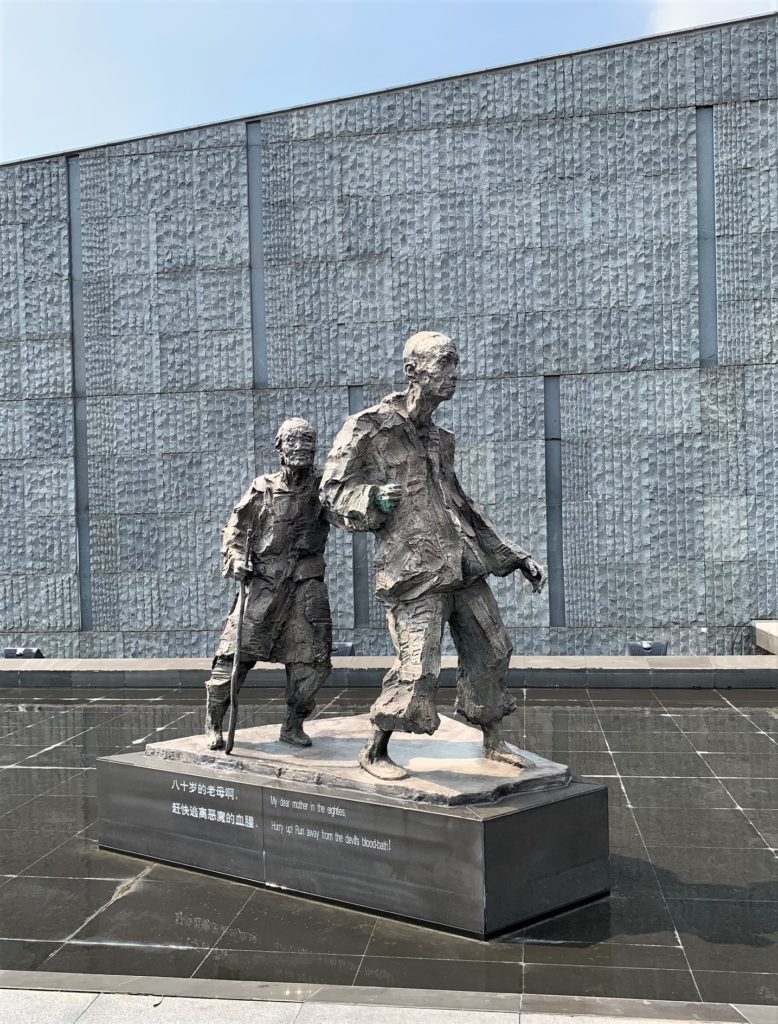
Nanjing’s answer to Xintiandi is 1912 Bar Street. Get your international chain restaurant fix and nightlife here. Else, locals come here to take photos for the gram (or weibo?) because of the European cobble-stone feel, but I’m not a big fan.

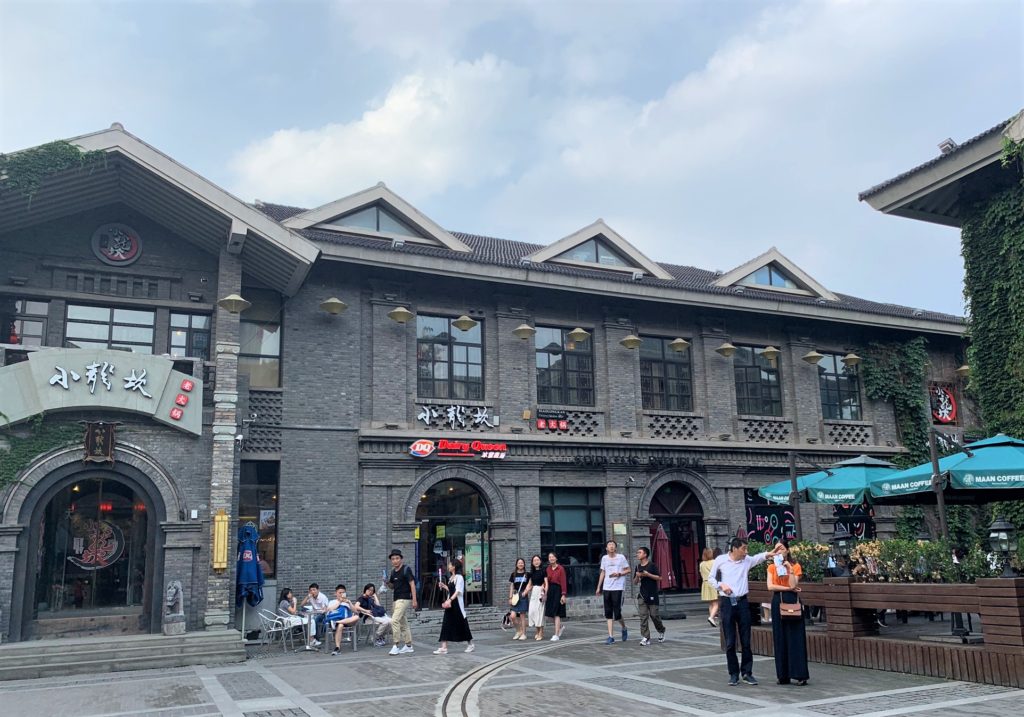
Afterwards, we had dinner at a restaurant specialising in Nanjing cuisine in the tallest building in Nanjing, Zifeng Tower. This meal is by courtesy of my local friend, without whom this post would have no food pictures.
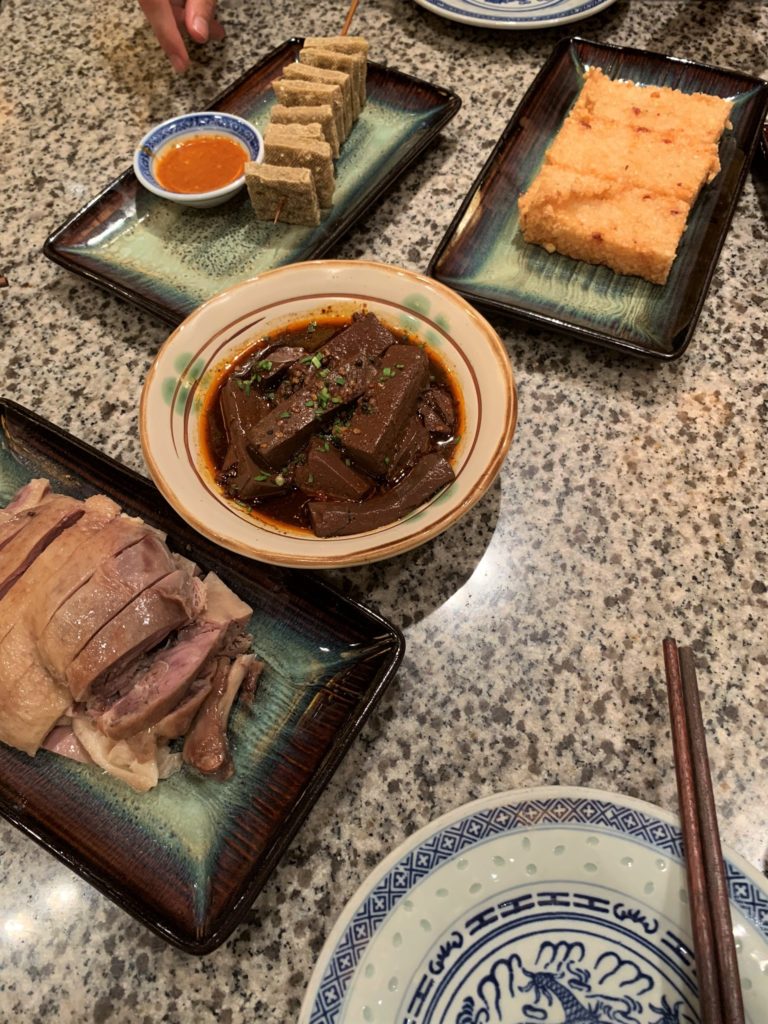
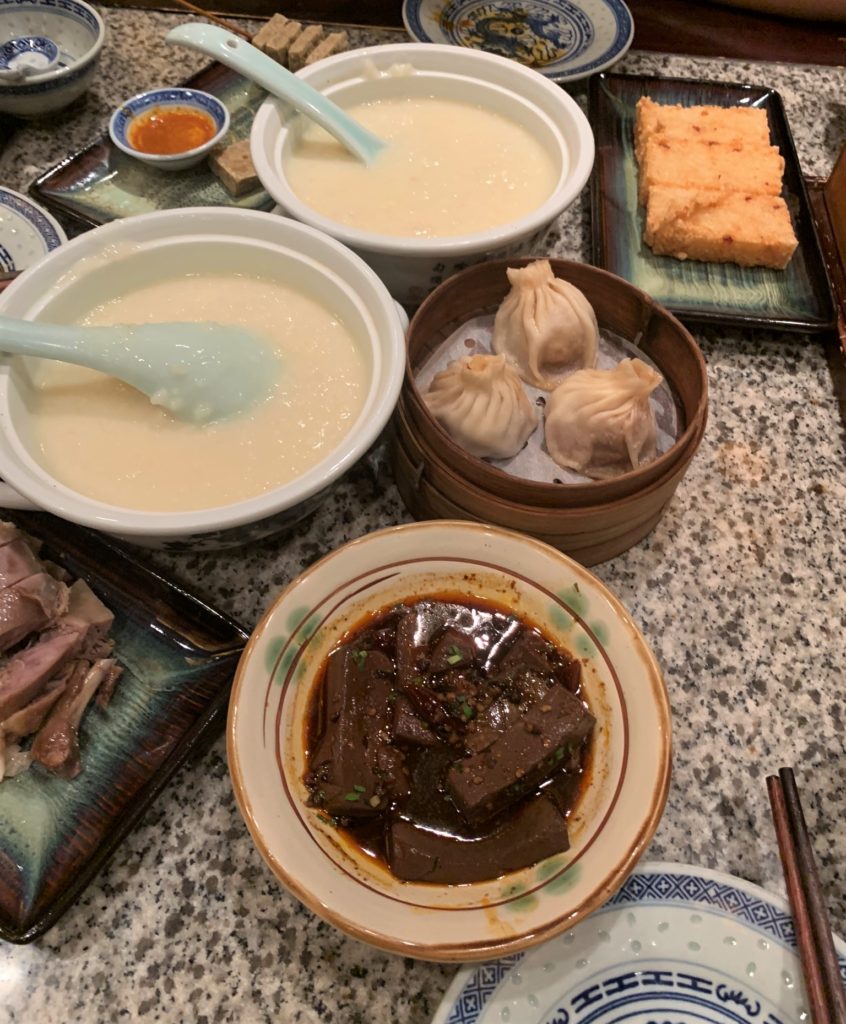
Ever wonder how sardines in a can feel? Visit Confucius Temple (夫子庙) at night on the weekend of Dragon Boat festival (端午节). Wewww I rubbed off many people’s sweat that day. Entry is RMB15 for students, double that for the normal price.
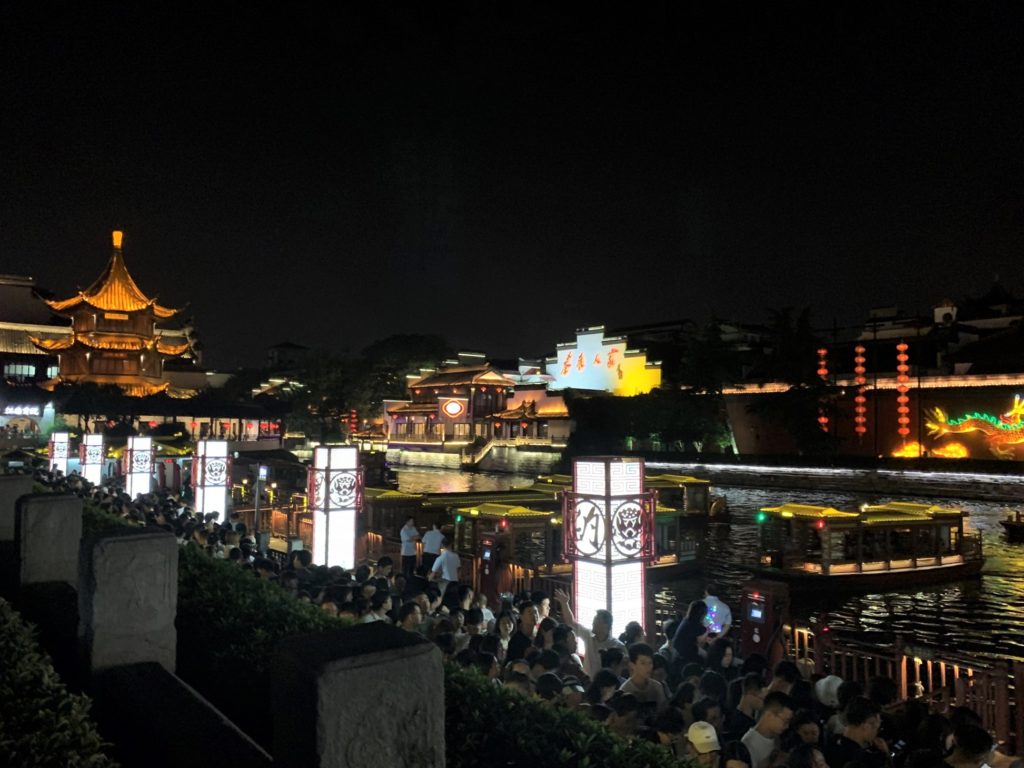
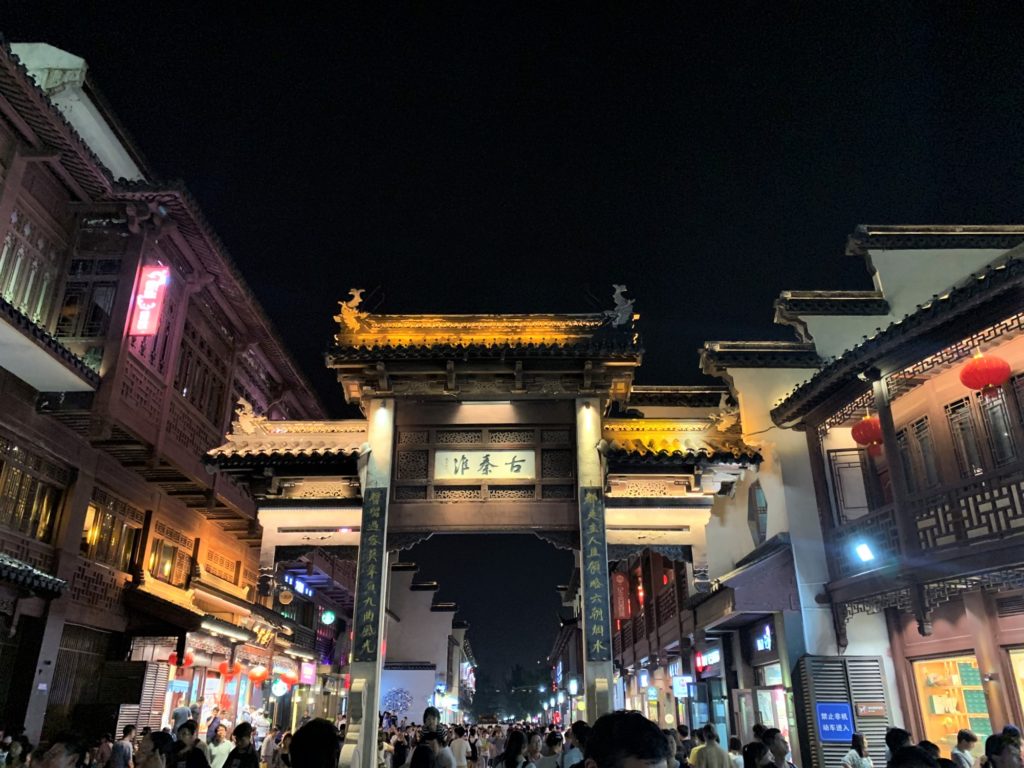
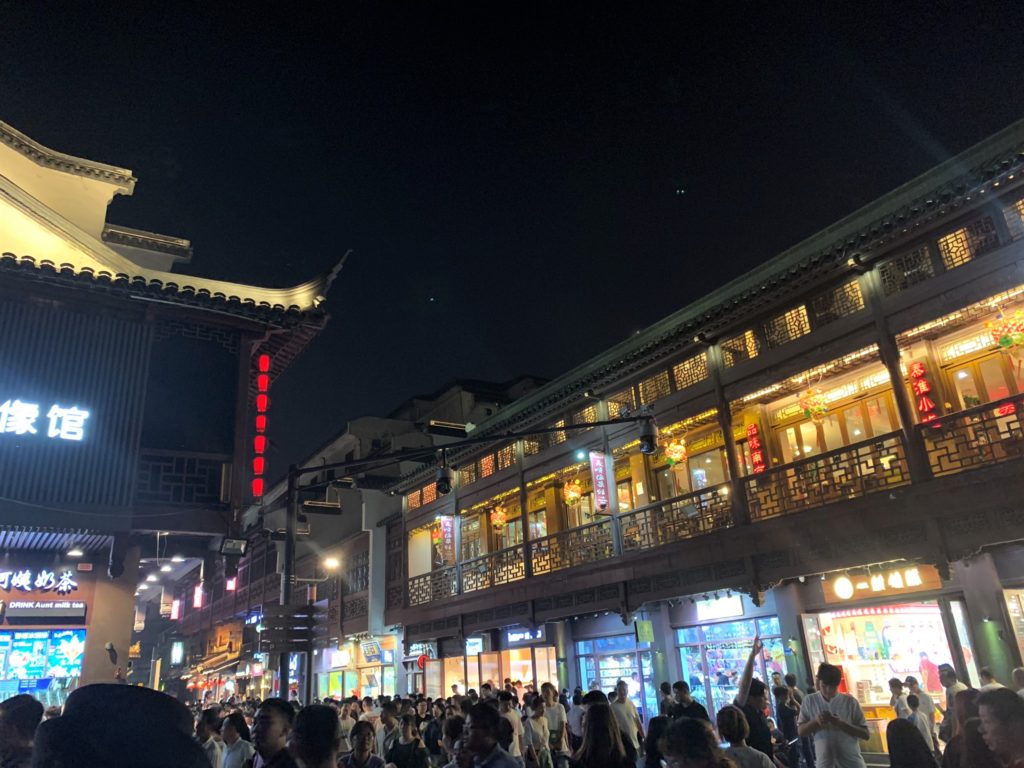
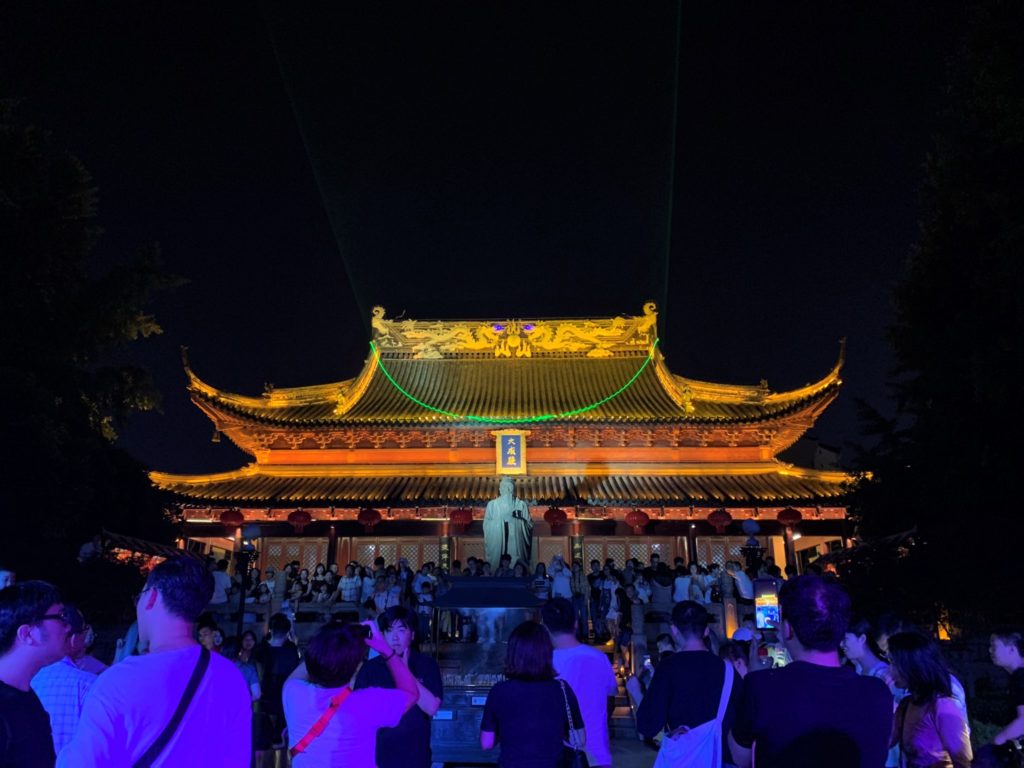
The temple was built to worship the great Chinese philosopher Confucius, and it also served as the site of the imperial examination hall during the Ming and Qing dynasties. Today, it is a huge tourist attraction with epic light shows at night.
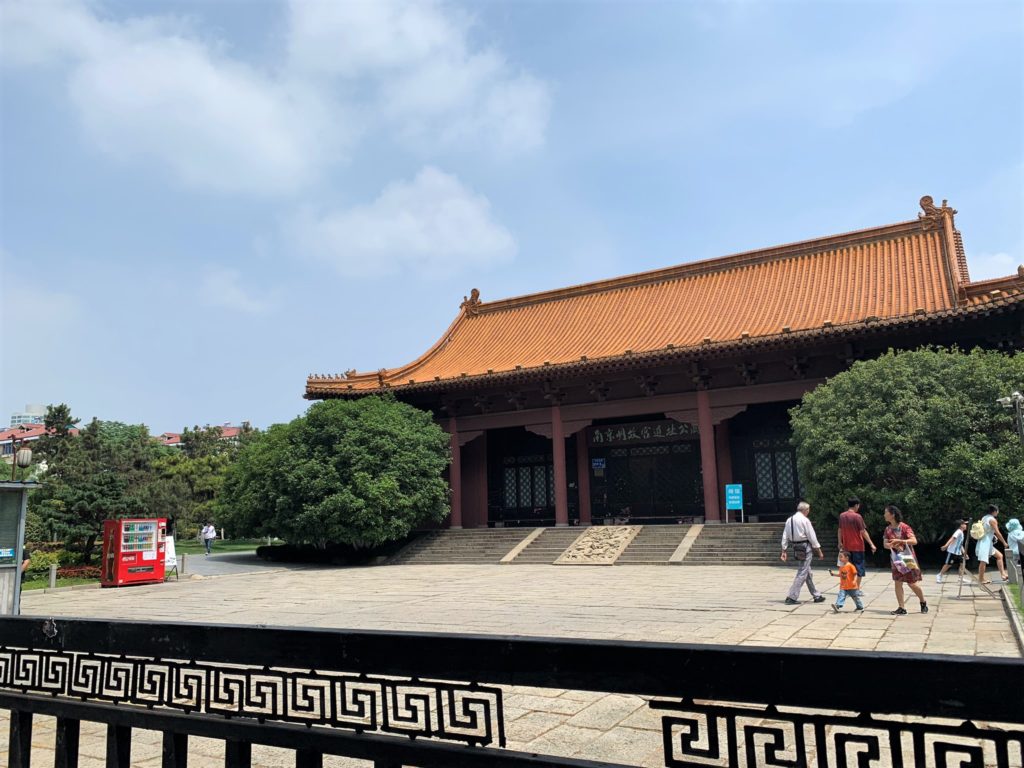
The first stop the morning after was Ming Palace (明故宫), aka Forbidden City of Nanjing. Sometime during the Ming dynasty, an emperor called Yongle decided to shift the capital from Nanjing to Beijing, while keeping the former as a reserve. And hence, the Forbidden City in Beijing was built. Ming Palace, however, cannot be compared to its counterpart in Beijing, because several fires and centuries of disrepair have left only its ruins. In fact, the saddest (or funniest) part is that according to Nanjing’s tourism website, Ming Palace “is a very pleasant park to wander through, but it probably isn’t worth going out of your way to see it”. NOT MY WORDS.
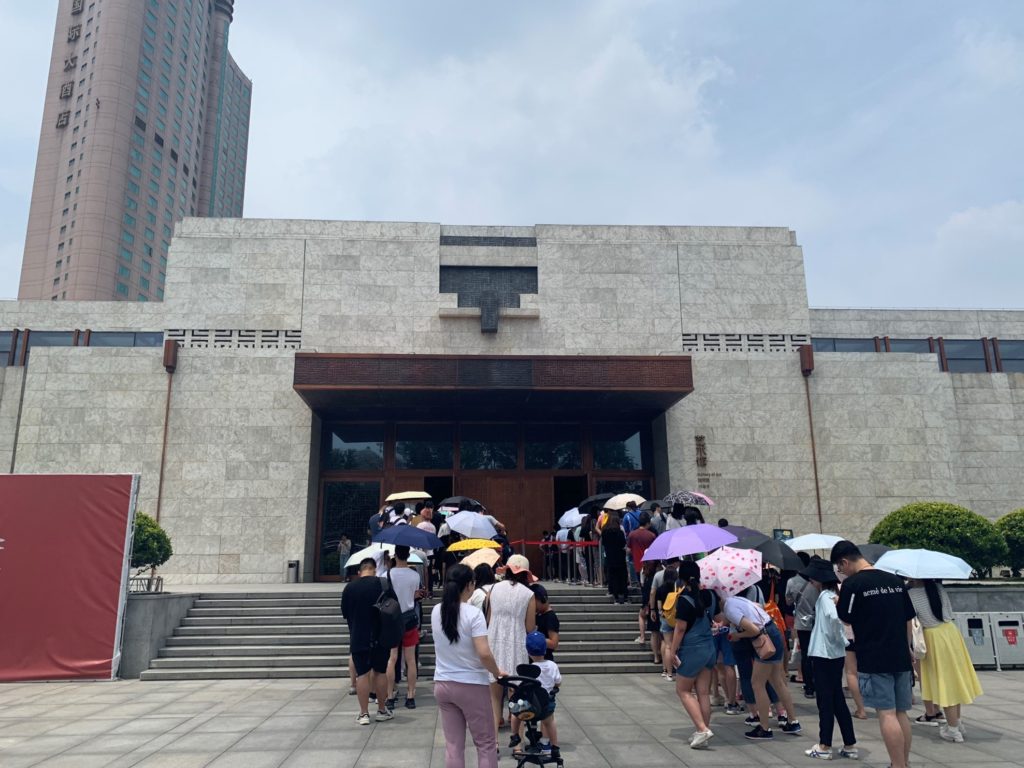
We went to Nanjing Museum (南京博物馆院) in the afternoon, because we kept forgetting about China’s population and its implication on the concept of first in first out. Basically, the earlier you go, the shorter the queues are. Entry is free but foreigners need to register at the counter with their passports. Otherwise, the museum is huge and consists mainly of Chinese art and history exhibitions.
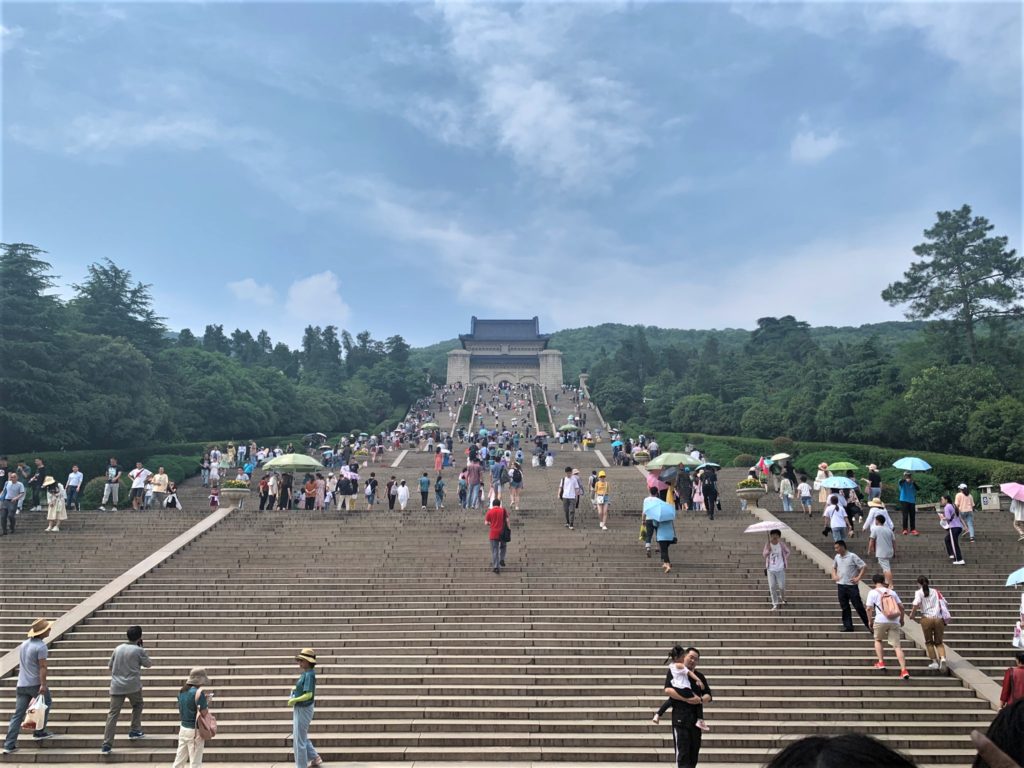
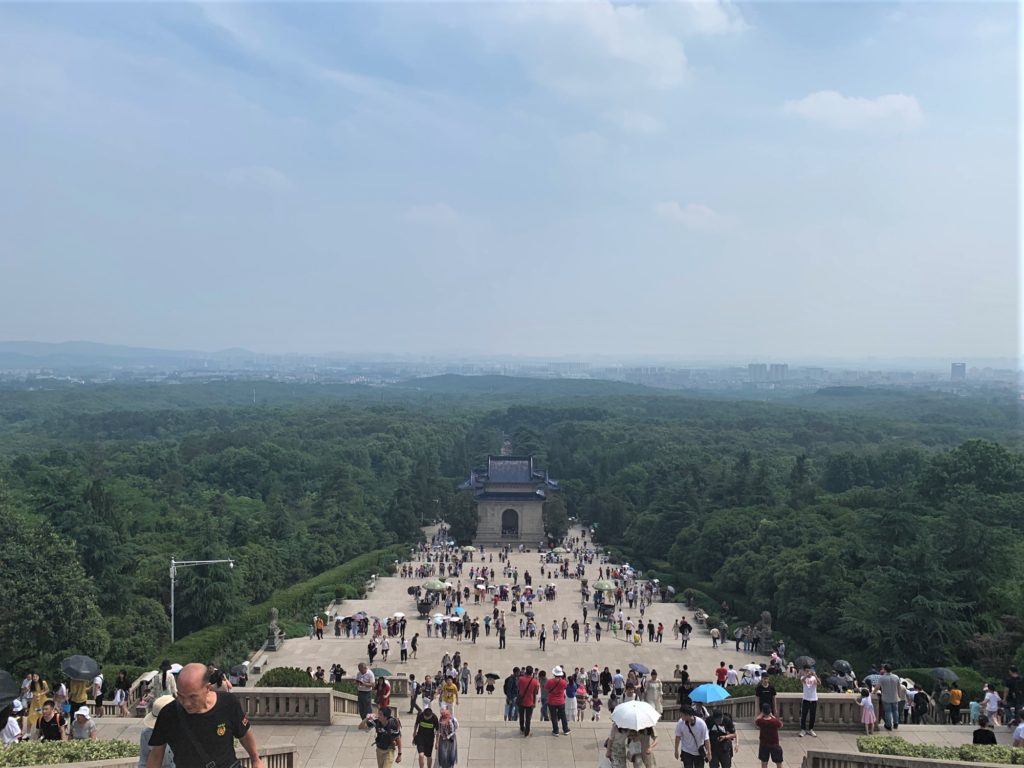
The first thing that pops out when searching for Nanjing attractions is Dr Sun Yat-sen’s Mausoleum (中山陵). Barring the later controversy of Kuomingtang (which begs the question, is there really free speech on the internet), Sun Yat-sen (孙中山) is known for toppling the Qing dynasty and establishing the Republic of China. Even in the mainland, he is viewed favourably as the father of modern China.
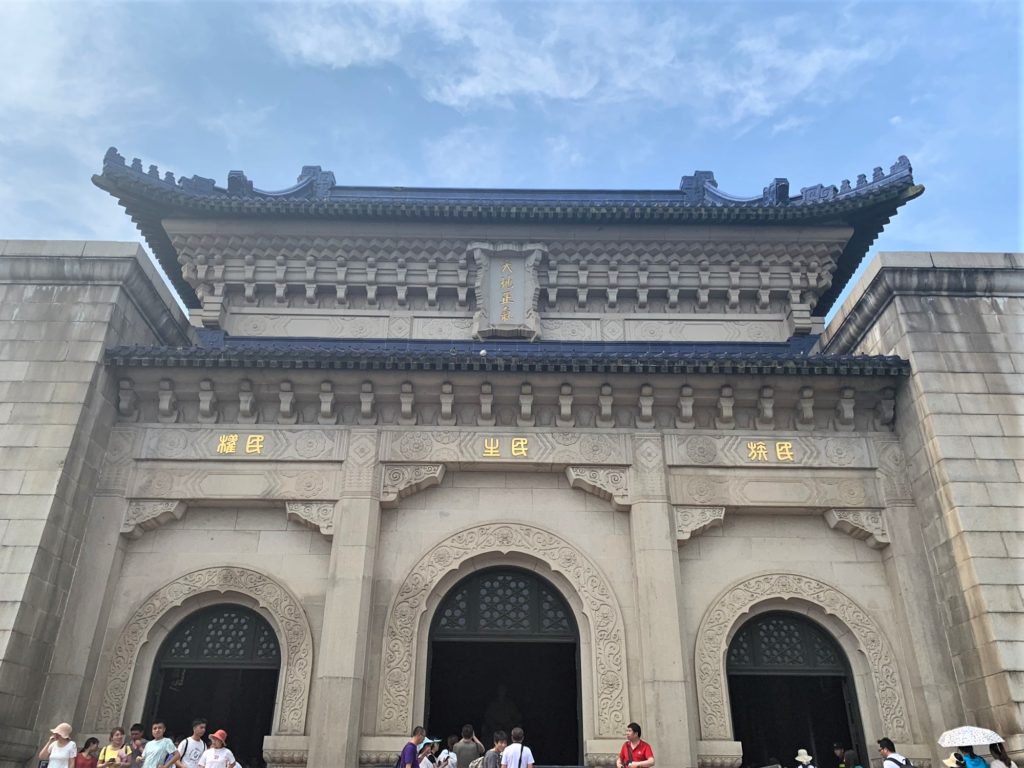
To get there, we took the metro to Xiamafang (下马坊) and took a tram uphill to the Zhongshan scenic area (钟山风景区). The tram costs RMB10, but entry to the attraction is free. And then, 392 steps up to Sun Yat-sen’s resting place. Goodluck.
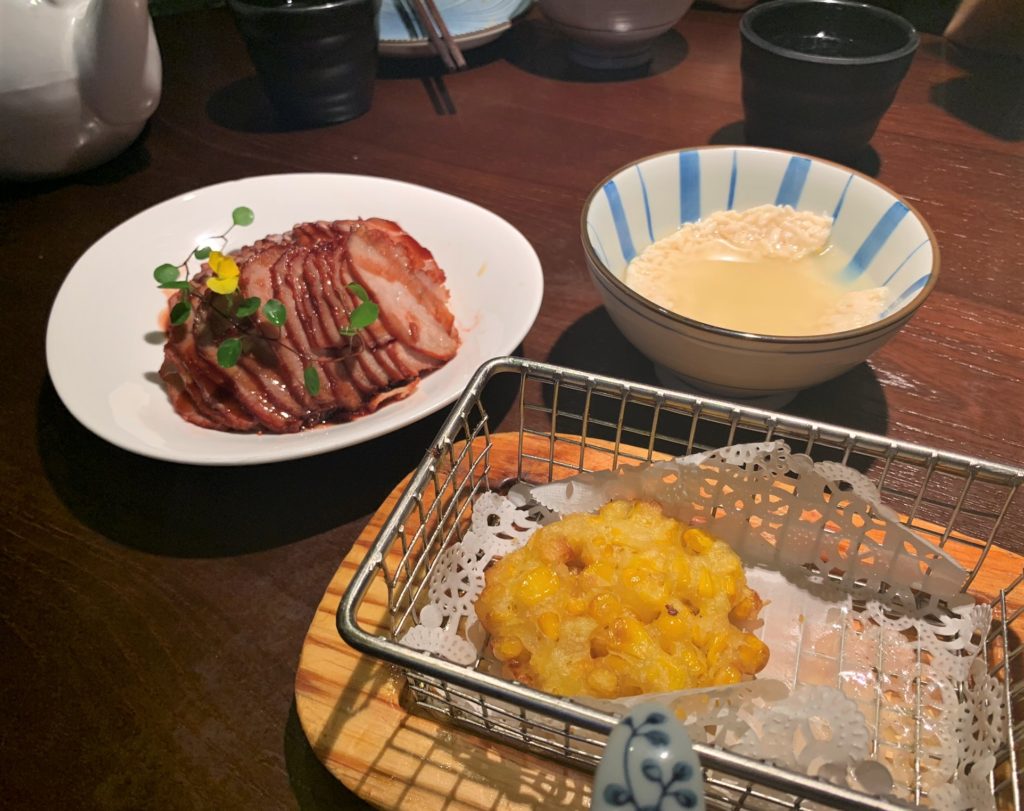
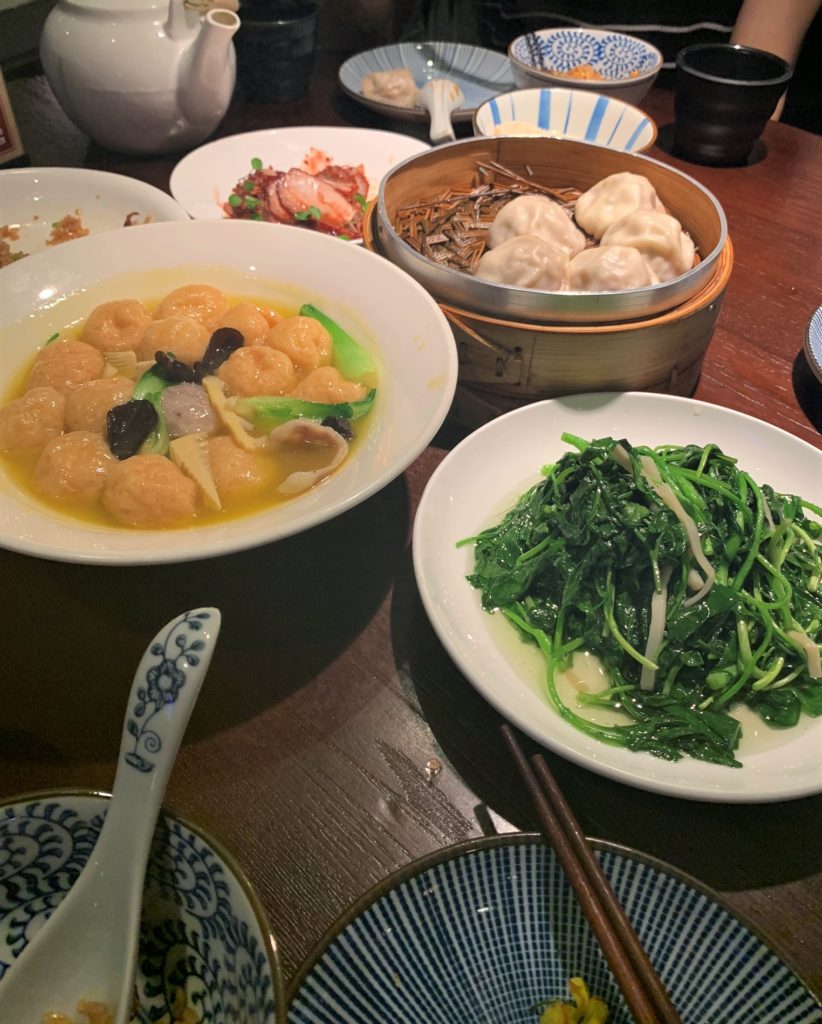
Afterwards was dinner before our train at 18:54. Luckily, I took a photo of the receipt because I forgot what half of these dishes were called. The rice wine (桂花酒酿) was divine, and it combined my two favourite tastes: sweet and fermented (ahh yes two of the five taste modalities).
And then it was the high-speed rail back to Shanghai. Stay tuned for the slow trains in the next post.
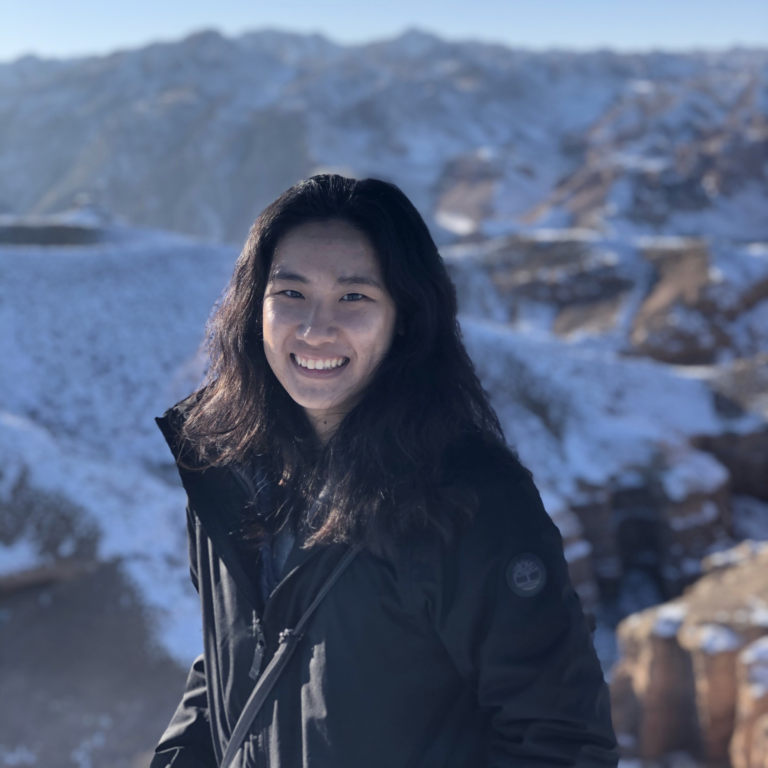
Hi! I am Joey, a University student from Singapore, attempting to show my appreciation for the world’s most powerful passport by literally milking its visa-free benefits one country at a time. I describe my travel budget as shoestring and travel style as audacious.

Slide into my comments section...